MAC Natural Wilderness, Sandstone, Greystone, Carbon, In Living Pink Eyeshadows Reviews & Swatches

Natural Wilderness
MAC Natural Wilderness Eyeshadow ($17.00 for 0.05 oz.) is a lighter, very yellowy brown with warm undertones and a matte finish. It had rich color payoff in a single layer, while the texture was smooth to the touch, not too firmly nor too softly pressed in to the pan. I had no trouble picking up product with a dry brush and diffusing the edges. It stayed on nicely for eight hours before fading a bit.
FURTHER READING: Formula Overview for details on general performance and characteristics (like scent).
Top Dupes
- Sydney Grace Back Woods (PiP, $5.00) is darker, cooler (90% similar).
- Natasha Denona Lodge (283CP) (LE, ) is lighter (90% similar).
- MAC Au Nature (LE, $21.00) is more shimmery (90% similar).
- Coloured Raine Congo Basin (PiP, $6.99) is darker, cooler (85% similar).
- Make Up For Ever Digger (LE, ) is darker, cooler (85% similar).
- Fenty Beauty Phatigue (PiP, ) is lighter, cooler (85% similar).
- MAC Outre (PiP, $17.00) is warmer (85% similar).
- Sephora Omen (PiP, ) is lighter, brighter (80% similar).
- Natasha Denona Lethal (258CP) (LE, ) is lighter, cooler (80% similar).
Formula Overview
$17.00/0.05 oz. - $340.00 Per Ounce
The formula is supposed to be a "highly pigmented powder" that goes on "evenly and blends well." MAC eyeshadows run the gamut from total failures to long-time, cult-favorite staples. In general, the permanent line has been more consistent in performance--and higher performance at that--compared to limited edition launches, but it can really depend.
The Matte finish tends to have a firmer press and a bit of thinness compared to other matte formulas on the market, so MAC matte eyeshadows tend to build up better and have better wear-time without fallout as they're not powdery at all. Some of the newer matte finish shades have had a more velvety quality to them that gives them a softer feel but aren't powdery; these have been easier to blend and are often more pigmented in one layer.
The Lustre finish is designed to have sheerer pigmentation, and it often has more sheer to medium coverage with a drier, dustier consistency that can be hard to apply with a dry brush. Lustre finish shades can suffer from fallout during application, too. They are the old school version of an eyeshadow "topper." I would recommend applying with a fingertip or applying with a dampened brush to get smoother, more even coverage and minimize fallout.
The Satin finish is few and far in-between, but it is softer and more yielding than the Matte finish but performs similarly. They tend to have very low sheen but are quite blendable with medium to opaque coverage. It can be easy to mix the finish up with the Velvet finish, which has more of a sparkle-over-matte effect but are more powdery than the true Matte finish.
The Frost finish is more firmly-pressed into the pan but doesn't have fallout, is often pigmented, and blends out well enough. They can sometimes be a little drier to the touch depending on how much shimmer is in the shade. The Veluxe Pearl finish is one of the creamier takes within the range, and newer shades released in the finish tend to have more moderate, silicone-like slip. I've found that Veluxe Pearl finish shades tend to have more semi-opaque pigmentation and are more consistent in performance than some of the other finishes.
One thing I've found with MAC eyeshadows is that they tend to last longer without primer than the average brand (eight hours). While some eyeshadow shades don't swatch well, they often apply better in practice--as in on the eyes!--than just swatched on the skin. They can be quite hit or miss, and they have inconsistencies between releases (see Carbon and its sordid review history!).
Browse all of our MAC Eyeshadow swatches.
Ingredients
Talc, Zinc Stearate, Octyldodecyl Stearoyl Stearate, Isostearyl Neopentanoate, Tocopheryl Acetate, Caprylyl Glycol, Hexylene Glycol, Phenoxyethanol, [+/- Silica, Mica, Titanium Dioxide (Ci 77891), Iron Oxides (Ci 77491, Ci 77492, Ci 77499), Bismuth Oxychloride (Ci 77163), Blue 1 Lake (Ci 42090), Carmine (Ci 75470), Chromium Hydroxide Green (Ci 77289), Chromium Oxide Greens (Ci 77288), Ferric Ferrocyanide (Ci 77510), Manganese Violet (Ci 77742), Red 40 Lake (Ci 16035), Ultramarines (Ci 77007), Yellow 5 Lake (Ci 19140)]
Natural Wilderness
PPermanent. $17.00.

Sandstone
MAC Sandstone Eyeshadow ($17.00 for 0.05 oz.) is a light, golden taupe with muted, warm undertones and a matte finish. It had good color coverage that was buildable to full opacity with less than half of a layer on top. The texture was soft, velvety, and lightly powdery but blendable and wasn’t prone to fallout during application. It wore well for eight hours before fading noticeably.
FURTHER READING: Formula Overview for details on general performance and characteristics (like scent).
Top Dupes
- Kevyn Aucoin Coco (LE, ) is darker (95% similar).
- Buxom Star Treatment (P, $12.00) is lighter (95% similar).
- Urban Decay Fix (LE, $19.00) is warmer (95% similar).
- theBalm Flawless (P, $16.00) is darker (95% similar).
- Natasha Denona Flint (184CM) (LE, ) is lighter (95% similar).
- Too Faced Fifi (LE, $16.00) is warmer (95% similar).
- Tarte Sweet Tea (LE, ) is warmer (95% similar).
- Smashbox Taupe (PiP, ) is cooler (95% similar).
- Stila Warm Taupe (LE, $18.00) is cooler (95% similar).
- Marc Jacobs Beauty The Lover #7 (LE, ) is cooler (95% similar).
Formula Overview
$17.00/0.05 oz. - $340.00 Per Ounce
The formula is supposed to be a "highly pigmented powder" that goes on "evenly and blends well." MAC eyeshadows run the gamut from total failures to long-time, cult-favorite staples. In general, the permanent line has been more consistent in performance--and higher performance at that--compared to limited edition launches, but it can really depend.
The Matte finish tends to have a firmer press and a bit of thinness compared to other matte formulas on the market, so MAC matte eyeshadows tend to build up better and have better wear-time without fallout as they're not powdery at all. Some of the newer matte finish shades have had a more velvety quality to them that gives them a softer feel but aren't powdery; these have been easier to blend and are often more pigmented in one layer.
The Lustre finish is designed to have sheerer pigmentation, and it often has more sheer to medium coverage with a drier, dustier consistency that can be hard to apply with a dry brush. Lustre finish shades can suffer from fallout during application, too. They are the old school version of an eyeshadow "topper." I would recommend applying with a fingertip or applying with a dampened brush to get smoother, more even coverage and minimize fallout.
The Satin finish is few and far in-between, but it is softer and more yielding than the Matte finish but performs similarly. They tend to have very low sheen but are quite blendable with medium to opaque coverage. It can be easy to mix the finish up with the Velvet finish, which has more of a sparkle-over-matte effect but are more powdery than the true Matte finish.
The Frost finish is more firmly-pressed into the pan but doesn't have fallout, is often pigmented, and blends out well enough. They can sometimes be a little drier to the touch depending on how much shimmer is in the shade. The Veluxe Pearl finish is one of the creamier takes within the range, and newer shades released in the finish tend to have more moderate, silicone-like slip. I've found that Veluxe Pearl finish shades tend to have more semi-opaque pigmentation and are more consistent in performance than some of the other finishes.
One thing I've found with MAC eyeshadows is that they tend to last longer without primer than the average brand (eight hours). While some eyeshadow shades don't swatch well, they often apply better in practice--as in on the eyes!--than just swatched on the skin. They can be quite hit or miss, and they have inconsistencies between releases (see Carbon and its sordid review history!).
Browse all of our MAC Eyeshadow swatches.
Ingredients
Talc, Zinc Stearate, Octyldodecyl Stearoyl Stearate, Isostearyl Neopentanoate, Tocopheryl Acetate, Caprylyl Glycol, Hexylene Glycol, Phenoxyethanol, [+/- Silica, Mica, Titanium Dioxide (Ci 77891), Iron Oxides (Ci 77491, Ci 77492, Ci 77499), Bismuth Oxychloride (Ci 77163), Blue 1 Lake (Ci 42090), Carmine (Ci 75470), Chromium Hydroxide Green (Ci 77289), Chromium Oxide Greens (Ci 77288), Ferric Ferrocyanide (Ci 77510), Manganese Violet (Ci 77742), Red 40 Lake (Ci 16035), Ultramarines (Ci 77007), Yellow 5 Lake (Ci 19140)]
Sandstone
PPermanent. $17.00.

Greystone
MAC Greystone Eyeshadow ($17.00 for 0.05 oz.) is a medium-dark, bluish-gray with cool undertones and a matte finish. It had medium coverage, which was buildable to semi-opaque pigmentation over bare skin and closer to more opaque coverage over a primer. The texture was moderately powdery with a tendency to sheer out and yield some fallout during application. It lasted well for eight hours before I noticed signs of fading.
FURTHER READING: Formula Overview for details on general performance and characteristics (like scent).
Top Dupes
- Zoeva MT110 (PiP, ) is lighter, cooler (95% similar).
- LORAC Our Guest (LE, $19.00) is more shimmery, lighter (90% similar).
- Marc Jacobs Beauty Dynam-O (P, $29.00) is more shimmery, warmer (90% similar).
- Kat Von D Yours (LE, ) is lighter, cooler (90% similar).
- Fenty Beauty Shisha Smoke (PiP, ) is lighter, cooler (90% similar).
- Devinah Cosmetics Zane (P, $5.00) is more shimmery, lighter, cooler (85% similar).
Formula Overview
$17.00/0.05 oz. - $340.00 Per Ounce
The formula is supposed to be a "highly pigmented powder" that goes on "evenly and blends well." MAC eyeshadows run the gamut from total failures to long-time, cult-favorite staples. In general, the permanent line has been more consistent in performance--and higher performance at that--compared to limited edition launches, but it can really depend.
The Matte finish tends to have a firmer press and a bit of thinness compared to other matte formulas on the market, so MAC matte eyeshadows tend to build up better and have better wear-time without fallout as they're not powdery at all. Some of the newer matte finish shades have had a more velvety quality to them that gives them a softer feel but aren't powdery; these have been easier to blend and are often more pigmented in one layer.
The Lustre finish is designed to have sheerer pigmentation, and it often has more sheer to medium coverage with a drier, dustier consistency that can be hard to apply with a dry brush. Lustre finish shades can suffer from fallout during application, too. They are the old school version of an eyeshadow "topper." I would recommend applying with a fingertip or applying with a dampened brush to get smoother, more even coverage and minimize fallout.
The Satin finish is few and far in-between, but it is softer and more yielding than the Matte finish but performs similarly. They tend to have very low sheen but are quite blendable with medium to opaque coverage. It can be easy to mix the finish up with the Velvet finish, which has more of a sparkle-over-matte effect but are more powdery than the true Matte finish.
The Frost finish is more firmly-pressed into the pan but doesn't have fallout, is often pigmented, and blends out well enough. They can sometimes be a little drier to the touch depending on how much shimmer is in the shade. The Veluxe Pearl finish is one of the creamier takes within the range, and newer shades released in the finish tend to have more moderate, silicone-like slip. I've found that Veluxe Pearl finish shades tend to have more semi-opaque pigmentation and are more consistent in performance than some of the other finishes.
One thing I've found with MAC eyeshadows is that they tend to last longer without primer than the average brand (eight hours). While some eyeshadow shades don't swatch well, they often apply better in practice--as in on the eyes!--than just swatched on the skin. They can be quite hit or miss, and they have inconsistencies between releases (see Carbon and its sordid review history!).
Browse all of our MAC Eyeshadow swatches.
Ingredients
Talc, Zinc Stearate, Octyldodecyl Stearoyl Stearate, Isostearyl Neopentanoate, Tocopheryl Acetate, Caprylyl Glycol, Hexylene Glycol, Phenoxyethanol, [+/- Silica, Mica, Titanium Dioxide (Ci 77891), Iron Oxides (Ci 77491, Ci 77492, Ci 77499), Bismuth Oxychloride (Ci 77163), Blue 1 Lake (Ci 42090), Carmine (Ci 75470), Chromium Hydroxide Green (Ci 77289), Chromium Oxide Greens (Ci 77288), Ferric Ferrocyanide (Ci 77510), Manganese Violet (Ci 77742), Red 40 Lake (Ci 16035), Ultramarines (Ci 77007), Yellow 5 Lake (Ci 19140)]
Greystone
PPermanent. $17.00.

Carbon
MAC Carbon Eyeshadow ($17.00 for 0.05 oz.) is a deep black with neutral-to-cool undertones and a matte finish. It had nearly opaque pigmentation in a single layer, which was buildable to full coverage with a little bit layered on top. The texture was smooth, more substantial without being powdery, and felt richer than past iterations of this shade (which has truly run the spectrum of ratings).
It wasn’t quite as blendable, though, but it retained more of its intensity so the trade off for richness in exchange for a little more time spent blending might be worth it to some. It stayed on nicely for eight and a half hours before fading noticeably.
FURTHER READING: Formula Overview for details on general performance and characteristics (like scent).
Top Dupes
- Make Up For Ever #04 (DC, $20.00) (100% similar).
- MAC Bleuluxe #5 (PiP, ) (100% similar).
- Kat Von D Killing Moon (LE, ) (100% similar).
- NARS Filbuste (P, $28.00) is glossier (95% similar).
- Charlotte Tilbury Smokey Eye Beauty (Smoke) (LE, ) is warmer (95% similar).
- Tarte Fashionista (LE, ) is lighter (95% similar).
- MAC Nehru (Guo Pei) (LE, $17.00) is brighter (95% similar).
- Hourglass Black (PiP, ) is darker, warmer (95% similar).
- Too Faced Licorice Rope (LE, $16.00) is more shimmery, darker (95% similar).
- bareMinerals Lights Down (P, ) is lighter (95% similar).
Formula Overview
$17.00/0.05 oz. - $340.00 Per Ounce
The formula is supposed to be a "highly pigmented powder" that goes on "evenly and blends well." MAC eyeshadows run the gamut from total failures to long-time, cult-favorite staples. In general, the permanent line has been more consistent in performance--and higher performance at that--compared to limited edition launches, but it can really depend.
The Matte finish tends to have a firmer press and a bit of thinness compared to other matte formulas on the market, so MAC matte eyeshadows tend to build up better and have better wear-time without fallout as they're not powdery at all. Some of the newer matte finish shades have had a more velvety quality to them that gives them a softer feel but aren't powdery; these have been easier to blend and are often more pigmented in one layer.
The Lustre finish is designed to have sheerer pigmentation, and it often has more sheer to medium coverage with a drier, dustier consistency that can be hard to apply with a dry brush. Lustre finish shades can suffer from fallout during application, too. They are the old school version of an eyeshadow "topper." I would recommend applying with a fingertip or applying with a dampened brush to get smoother, more even coverage and minimize fallout.
The Satin finish is few and far in-between, but it is softer and more yielding than the Matte finish but performs similarly. They tend to have very low sheen but are quite blendable with medium to opaque coverage. It can be easy to mix the finish up with the Velvet finish, which has more of a sparkle-over-matte effect but are more powdery than the true Matte finish.
The Frost finish is more firmly-pressed into the pan but doesn't have fallout, is often pigmented, and blends out well enough. They can sometimes be a little drier to the touch depending on how much shimmer is in the shade. The Veluxe Pearl finish is one of the creamier takes within the range, and newer shades released in the finish tend to have more moderate, silicone-like slip. I've found that Veluxe Pearl finish shades tend to have more semi-opaque pigmentation and are more consistent in performance than some of the other finishes.
One thing I've found with MAC eyeshadows is that they tend to last longer without primer than the average brand (eight hours). While some eyeshadow shades don't swatch well, they often apply better in practice--as in on the eyes!--than just swatched on the skin. They can be quite hit or miss, and they have inconsistencies between releases (see Carbon and its sordid review history!).
Browse all of our MAC Eyeshadow swatches.
Ingredients
Talc, Zinc Stearate, Octyldodecyl Stearoyl Stearate, Isostearyl Neopentanoate, Tocopheryl Acetate, Caprylyl Glycol, Hexylene Glycol, Phenoxyethanol, [+/- Silica, Mica, Titanium Dioxide (Ci 77891), Iron Oxides (Ci 77491, Ci 77492, Ci 77499), Bismuth Oxychloride (Ci 77163), Blue 1 Lake (Ci 42090), Carmine (Ci 75470), Chromium Hydroxide Green (Ci 77289), Chromium Oxide Greens (Ci 77288), Ferric Ferrocyanide (Ci 77510), Manganese Violet (Ci 77742), Red 40 Lake (Ci 16035), Ultramarines (Ci 77007), Yellow 5 Lake (Ci 19140)]
Carbon
PPermanent. $17.00.

In Living Pink
MAC In Living Pink Eyeshadow ($17.00 for 0.05 oz.) is a light-medium pink with moderate, warm undertones and warmer, golden shimmer throughout that gave it a frost finish. It had a drier, dustier texture that was prone to sheering out from semi-opaque coverage initially to more semi-sheer pigmentation.
There was also some fallout, though the fineness of the shimmer made it easier to dust away. It worked better over a primer or applied with a dampened brush as that helped to minimize some of the dustiness. It wore well for seven and a half hours before fading visibly.
FURTHER READING: Formula Overview for details on general performance and characteristics (like scent).
Top Dupes
- YSL Paris #4 (LE, ) is less shimmery (95% similar).
- Sephora Peach (New Nudes) (PiP, ) is less shimmery, lighter, cooler (95% similar).
- Dior Sugar Shade #4 (LE, ) is less shimmery, lighter, cooler (95% similar).
- Too Faced Slay Bells (LE, $16.00) is warmer (95% similar).
- Wet 'n' Wild Stop Ruffling My Feathers #4 (LE, ) is darker (90% similar).
- BH Cosmetics Club Tropicana #21 (LE, ) is cooler (90% similar).
- Huda Beauty Angelic (PiP, ) is darker (90% similar).
- Sugarpill Kitten Parade (PiP, $13.00) is warmer (90% similar).
- Dior Capital of Light #3 (LE, ) is less shimmery, cooler (90% similar).
- Wet 'n' Wild Sweet as Candy #4 (PiP, ) is warmer (90% similar).
Formula Overview
$17.00/0.05 oz. - $340.00 Per Ounce
The formula is supposed to be a "highly pigmented powder" that goes on "evenly and blends well." MAC eyeshadows run the gamut from total failures to long-time, cult-favorite staples. In general, the permanent line has been more consistent in performance--and higher performance at that--compared to limited edition launches, but it can really depend.
The Matte finish tends to have a firmer press and a bit of thinness compared to other matte formulas on the market, so MAC matte eyeshadows tend to build up better and have better wear-time without fallout as they're not powdery at all. Some of the newer matte finish shades have had a more velvety quality to them that gives them a softer feel but aren't powdery; these have been easier to blend and are often more pigmented in one layer.
The Lustre finish is designed to have sheerer pigmentation, and it often has more sheer to medium coverage with a drier, dustier consistency that can be hard to apply with a dry brush. Lustre finish shades can suffer from fallout during application, too. They are the old school version of an eyeshadow "topper." I would recommend applying with a fingertip or applying with a dampened brush to get smoother, more even coverage and minimize fallout.
The Satin finish is few and far in-between, but it is softer and more yielding than the Matte finish but performs similarly. They tend to have very low sheen but are quite blendable with medium to opaque coverage. It can be easy to mix the finish up with the Velvet finish, which has more of a sparkle-over-matte effect but are more powdery than the true Matte finish.
The Frost finish is more firmly-pressed into the pan but doesn't have fallout, is often pigmented, and blends out well enough. They can sometimes be a little drier to the touch depending on how much shimmer is in the shade. The Veluxe Pearl finish is one of the creamier takes within the range, and newer shades released in the finish tend to have more moderate, silicone-like slip. I've found that Veluxe Pearl finish shades tend to have more semi-opaque pigmentation and are more consistent in performance than some of the other finishes.
One thing I've found with MAC eyeshadows is that they tend to last longer without primer than the average brand (eight hours). While some eyeshadow shades don't swatch well, they often apply better in practice--as in on the eyes!--than just swatched on the skin. They can be quite hit or miss, and they have inconsistencies between releases (see Carbon and its sordid review history!).
Browse all of our MAC Eyeshadow swatches.
Ingredients
Talc, Zinc Stearate, Octyldodecyl Stearoyl Stearate, Isostearyl Neopentanoate, Tocopheryl Acetate, Caprylyl Glycol, Hexylene Glycol, Phenoxyethanol, [+/- Silica, Mica, Titanium Dioxide (Ci 77891), Iron Oxides (Ci 77491, Ci 77492, Ci 77499), Bismuth Oxychloride (Ci 77163), Blue 1 Lake (Ci 42090), Carmine (Ci 75470), Chromium Hydroxide Green (Ci 77289), Chromium Oxide Greens (Ci 77288), Ferric Ferrocyanide (Ci 77510), Manganese Violet (Ci 77742), Red 40 Lake (Ci 16035), Ultramarines (Ci 77007), Yellow 5 Lake (Ci 19140)]
In Living Pink
PPermanent. $17.00.

MAC Natural Wilderness Eyeshadow
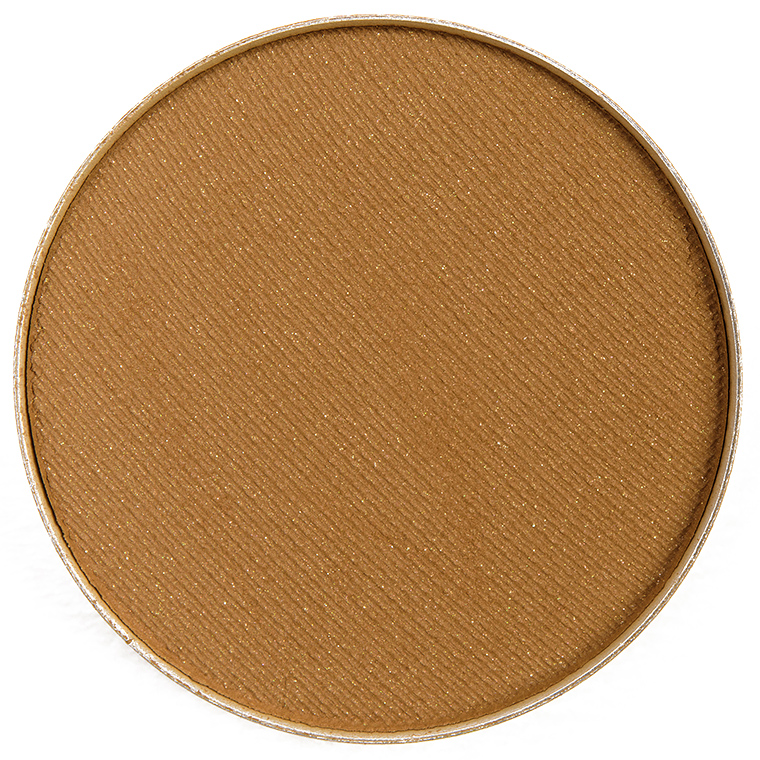
MAC Natural Wilderness Eyeshadow
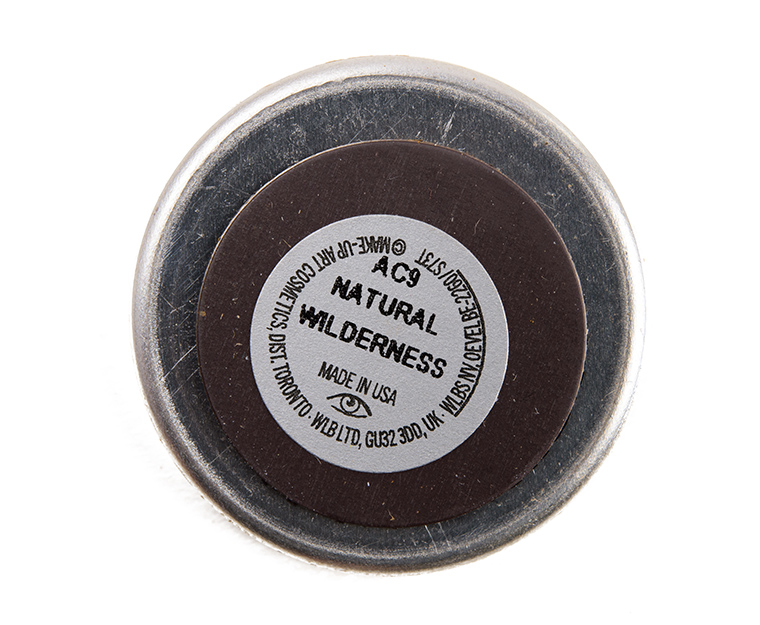
MAC Natural Wilderness Eyeshadow
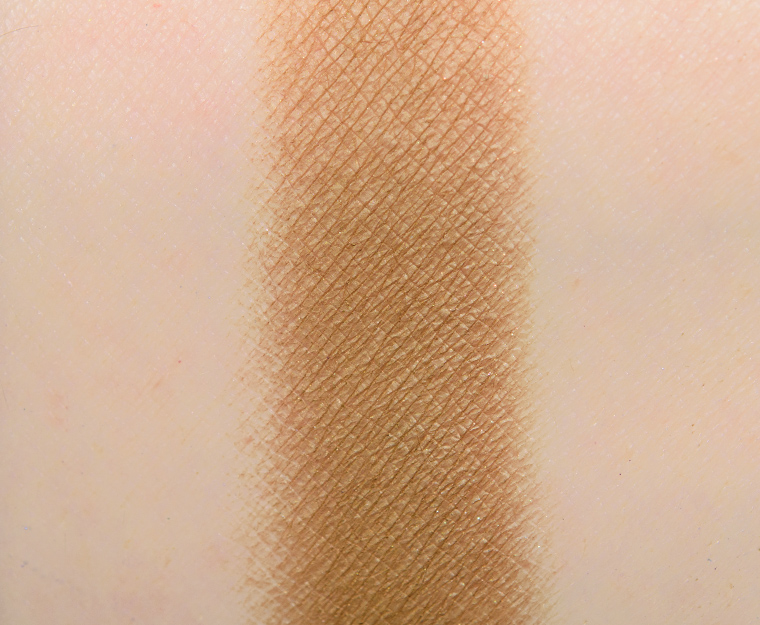
MAC Natural Wilderness Eyeshadow

MAC Sandstone Eyeshadow

MAC Sandstone Eyeshadow
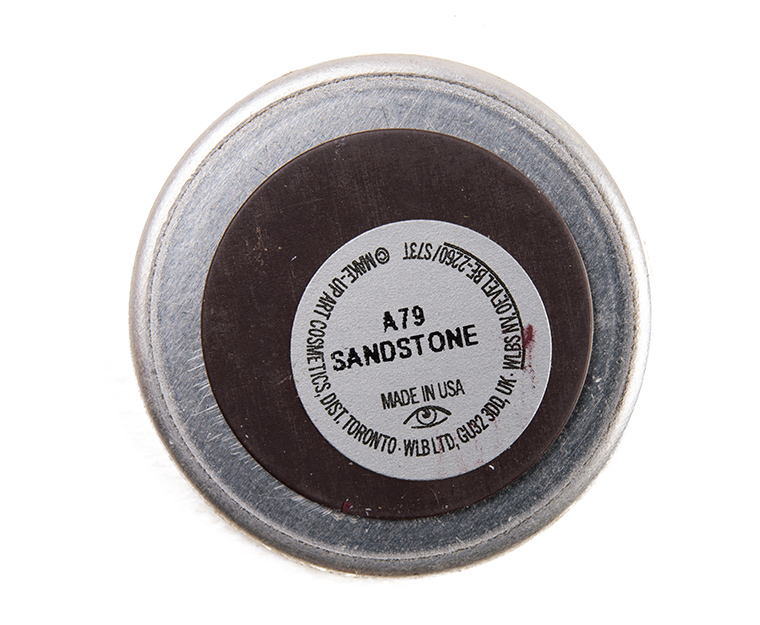
MAC Sandstone Eyeshadow
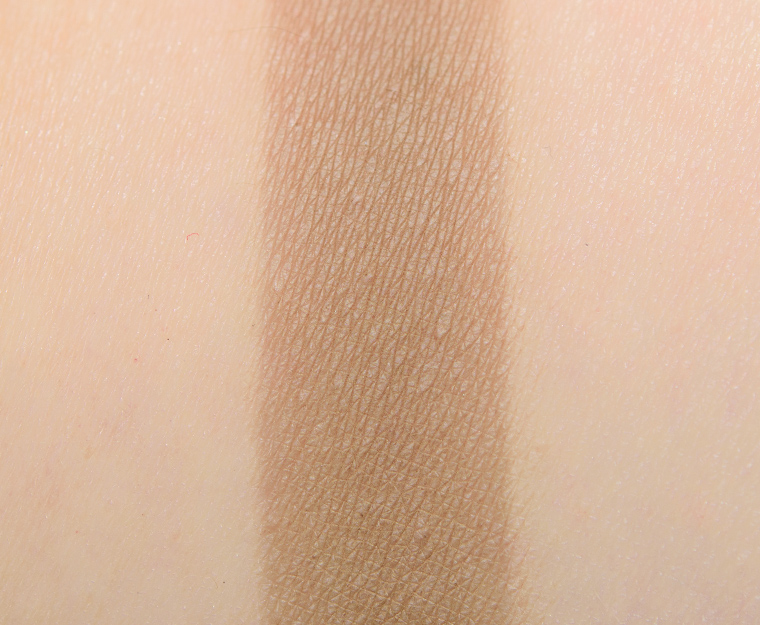
MAC Sandstone Eyeshadow

MAC Greystone Eyeshadow

MAC Greystone Eyeshadow
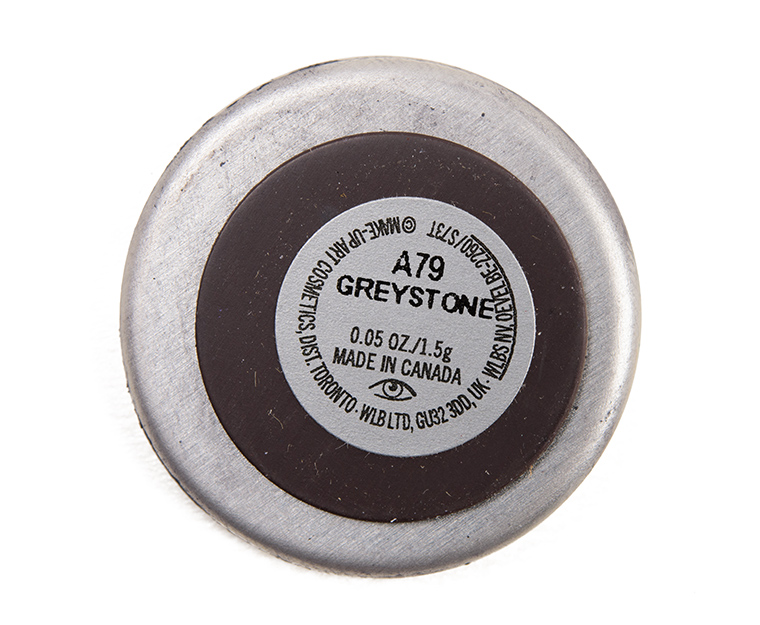
MAC Greystone Eyeshadow
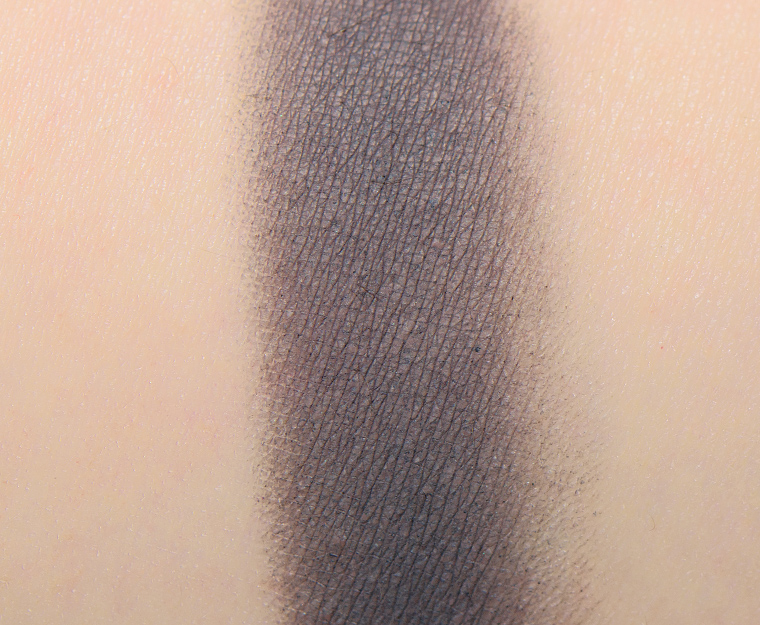
MAC Greystone Eyeshadow

MAC Carbon Eyeshadow

MAC Carbon Eyeshadow
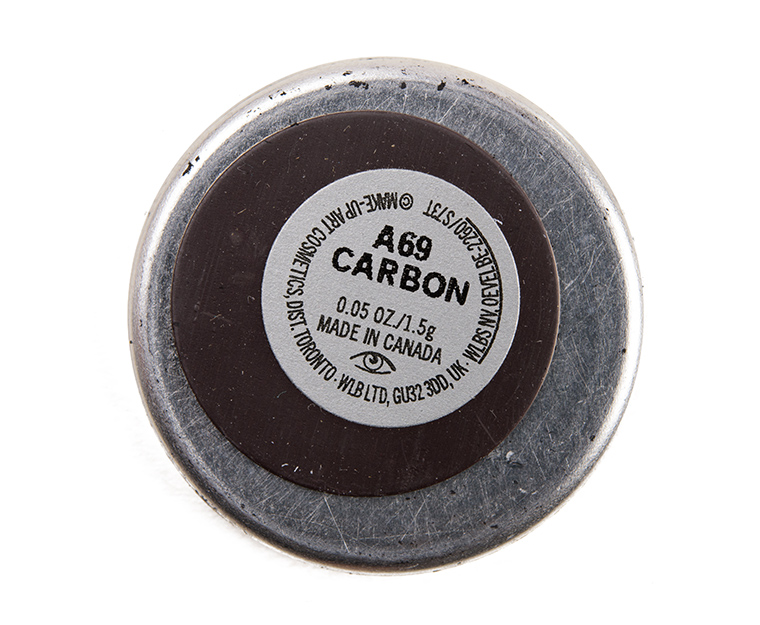
MAC Carbon Eyeshadow
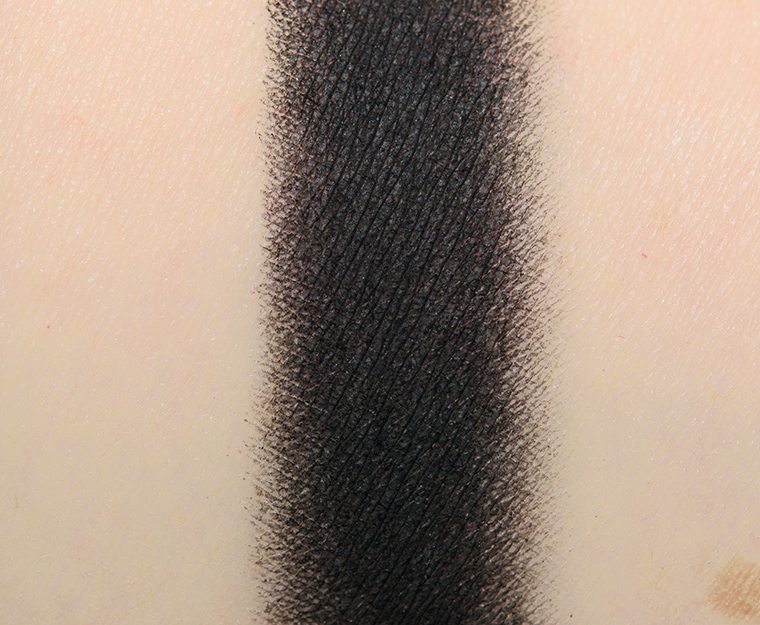
MAC Carbon Eyeshadow

MAC In Living Pink Eyeshadow
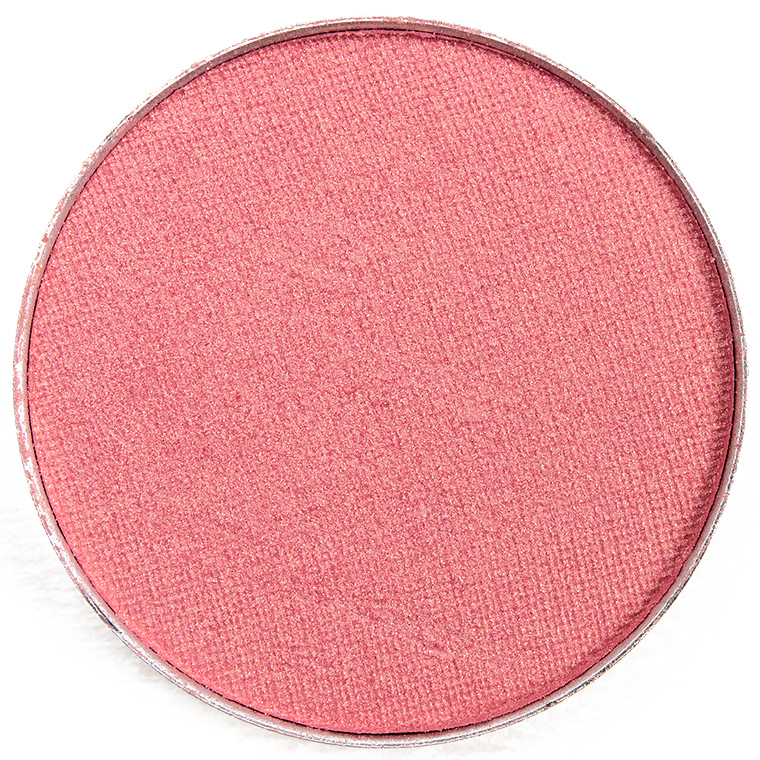
MAC In Living Pink Eyeshadow
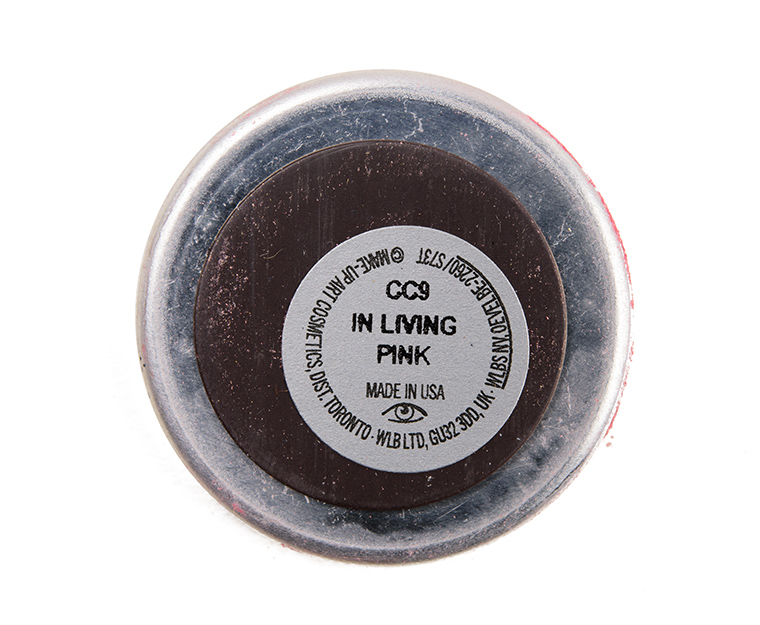
MAC In Living Pink Eyeshadow
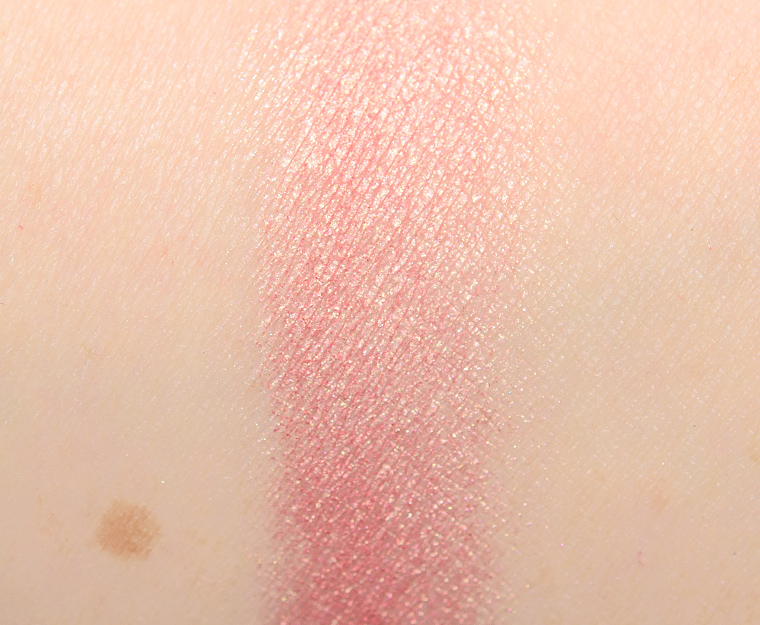
MAC In Living Pink Eyeshadow
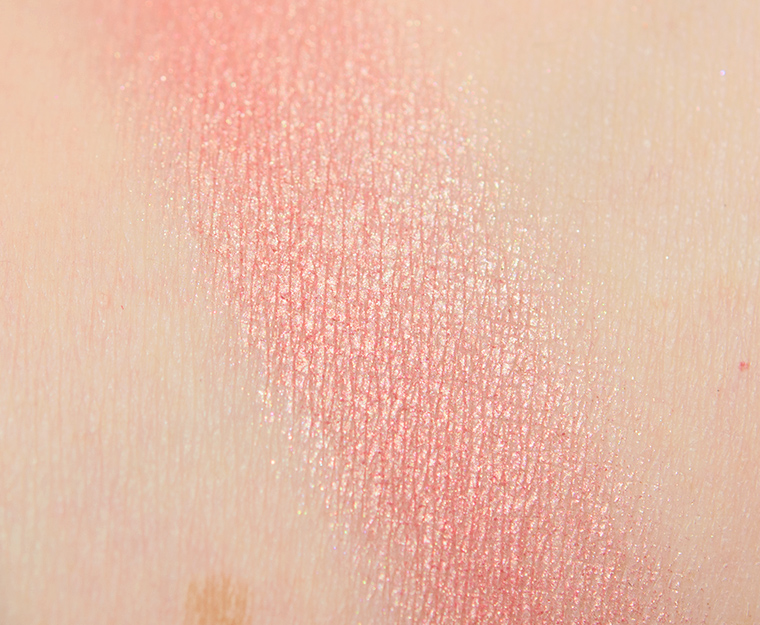
MAC In Living Pink Eyeshadow

MAC Natural Wilderness Eyeshadow

MAC Natural Wilderness Eyeshadow

MAC Natural Wilderness Eyeshadow

MAC Natural Wilderness Eyeshadow

MAC Sandstone Eyeshadow

MAC Sandstone Eyeshadow

MAC Sandstone Eyeshadow

MAC Sandstone Eyeshadow

MAC Greystone Eyeshadow

MAC Greystone Eyeshadow

MAC Greystone Eyeshadow

MAC Greystone Eyeshadow

MAC Carbon Eyeshadow

MAC Carbon Eyeshadow

MAC Carbon Eyeshadow

MAC Carbon Eyeshadow

MAC In Living Pink Eyeshadow

MAC In Living Pink Eyeshadow

MAC In Living Pink Eyeshadow

MAC In Living Pink Eyeshadow

MAC In Living Pink Eyeshadow
from Temptalia https://ift.tt/2UAn5wE
via

No comments